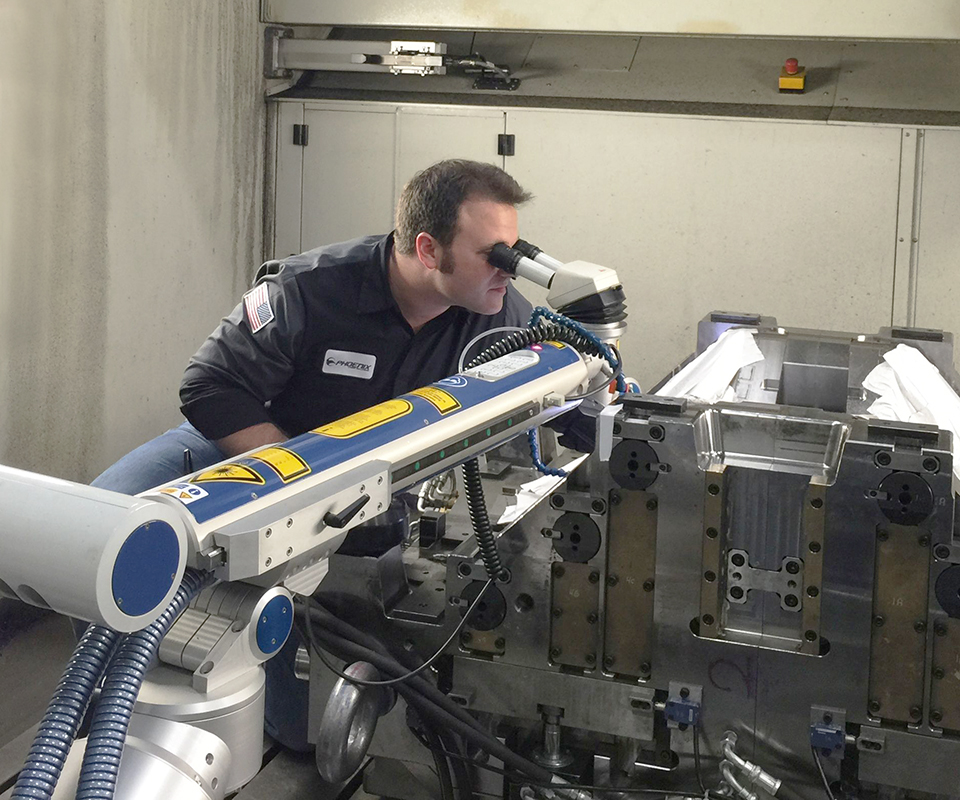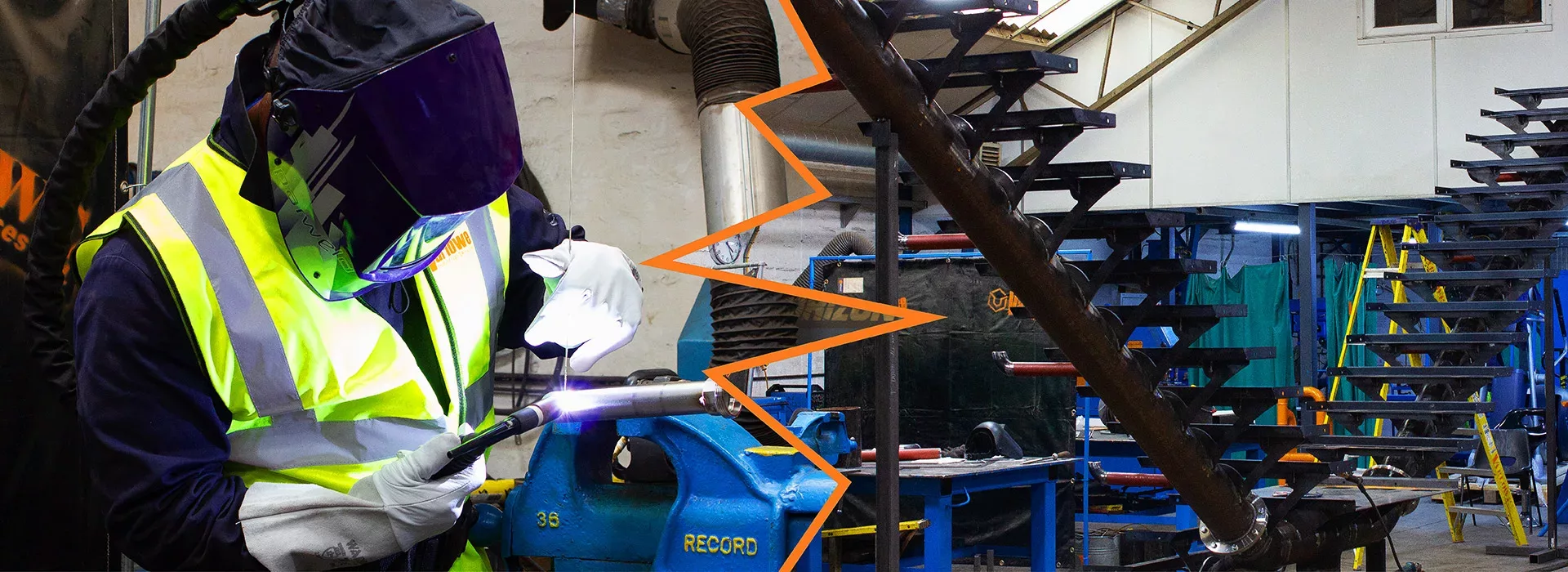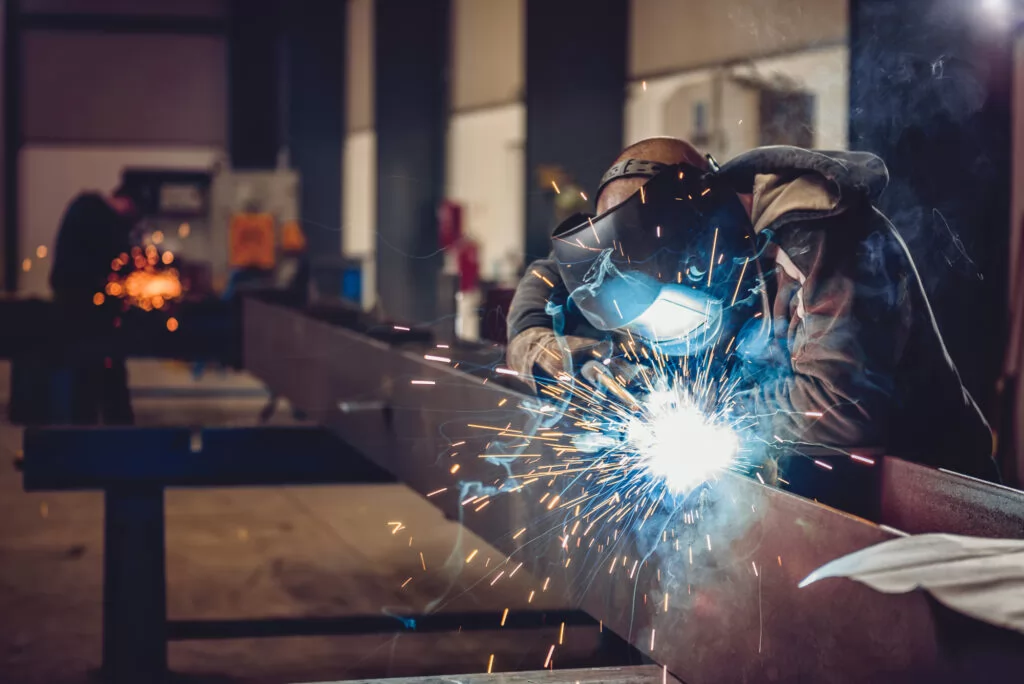Common Welding Repair Work Issues and How to Address Them Properly
Welding repairs commonly encounter a series of problems that can threaten the stability of the final item. Common issues include insufficient infiltration, porosity, and imbalance, among others. Each problem provides special obstacles that need specific techniques for resolution. Understanding these concerns is essential for welders intending to improve their abilities and outcomes. This conversation will discover these usual welding repair service concerns and reliable methods to address them.
Poor Penetration
Poor penetration takes place when the weld steel falls short to fully fuse with the base product, causing weak joints and possible structural failings. This concern frequently comes from not enough warmth input, incorrect electrode angle, or inappropriate welding speed. Welders may experience inadequate penetration as a result of a miscalculation of the needed parameters for a specific product density or kind. Additionally, contamination on the base product's surface area can hinder effective bonding, exacerbating the issue. To address inadequate penetration, welders need to ensure ideal setups on their devices and maintain a tidy work surface area. Normal evaluation of welds is suggested to recognize any deficiencies early, enabling prompt improvements and the avoidance of endangered structural honesty in welded assemblies.
Porosity
Porosity is a typical flaw in welded joints that shows up as tiny gas bubbles entraped within the weld steel. This flaw can compromise the honesty of the weld, leading to minimized stamina and potential failure under stress. Montana Mobile Welding and Repair Belgrade Fabrication. Porosity normally emerges from contamination, wetness, or incorrect welding techniques, which allow gases to run away into the liquified weld pool. To deal with porosity, welders ought to assure proper surface area preparation, keep a clean functioning setting, and use ideal welding criteria. Additionally, choosing the appropriate filler product and securing gas can mitigate gas entrapment. Normal inspection and screening of welds can assist recognize porosity early, assuring prompt rehabilitative actions are taken, thus preserving the quality and dependability of the bonded structure
Imbalance
Misalignment in welding can develop from different aspects, including improper configuration and thermal growth. Understanding the source is important for effective resolution. A number of modification methods are readily available to straighten parts and assure architectural stability.
Causes of Misalignment
Welding imbalance commonly comes from a variety of underlying problems that can compromise structural stability. One primary reason is inappropriate fit-up of parts prior to welding, which can lead to spaces and unequal surfaces. Variations in thermal growth throughout the welding procedure can likewise cause distortion, particularly if the materials being joined have different coefficients of expansion. Furthermore, poor fixturing and clamping may fail to hold elements securely in position, bring about activity throughout welding. Poorly kept equipment, consisting of welding devices and tools, may introduce disparities in the weld bead, additional adding to imbalance. Operator error, stemming from insufficient training or experience, can likewise play a significant role in creating misaligned welds.

Adjustment Methods Offered
Dealing with misalignment successfully calls for a combination of rehabilitative methods customized to the details issues available. One common technique is using jigs or components to hold parts in the proper setting during welding, ensuring consistent placement. Furthermore, preheating the materials can help in reducing distortion and improve fit-up. For substantial imbalance, mechanical adjustment techniques, such as utilizing hydraulic jacks or clamps, can be employed to deal with the position prior to welding. Post-weld warm treatment may likewise be essential to ease anxieties brought on by misalignment. Cautious assessment and modification during the configuration stage can protect against imbalance problems from ending up being significant problems, promoting a smoother welding procedure and improving general structural honesty.
Distortion
Distortion is an usual obstacle in welding that can emerge from different factors, including uneven heating & cooling. Comprehending the root causes of distortion is crucial for executing effective avoidance techniques. Addressing this concern not only improves structural honesty however additionally boosts the total quality of the weld.
Root causes of Distortion
When subjected to the extreme warm of welding, products often go through modifications that can cause distortion. This sensation mostly arises from thermal development and contraction throughout the welding process. As the weld location warms up, the product increases; upon air conditioning, it gets, which can produce interior tensions. On top of that, uneven heating across a work surface can aggravate these stresses, resulting in bending or flexing. The sort of product likewise plays a substantial function; steels with differing thermal conductivity and coefficients of development might react differently, leading to unforeseeable distortions. Inadequate joint layout and inadequate fixturing can add to misalignment throughout welding, boosting the possibility of distortion. Understanding these reasons is important for effective welding repair and avoidance approaches.
Avoidance Techniques
Efficient prevention methods for distortion throughout welding concentrate on controlling heat input and guaranteeing proper joint design. Maintaining a constant warm input helps to reduce thermal growth and tightening, which can lead to distortion. Making use of techniques such as pre-heating the work surface can likewise minimize the temperature gradient, advertising consistent heating. Furthermore, picking proper joint layouts, such as T-joints or lap joints, can improve stability and minimize stress and anxiety concentrations. Executing correct fixturing to secure the workpieces in position additionally help in preserving positioning during the welding procedure. Staggered welding series can distribute heat more equally, avoiding localized distortion. By applying these strategies, welders can significantly lower the probability of distortion and improve the total top quality of their welds.
Breaking
Breaking is a typical issue run into in welding repairs, often resulting from numerous aspects such as incorrect air conditioning prices, material option, or insufficient joint prep work. The incident of fractures can greatly compromise the stability of the weld, bring about potential failures during procedure. To more info address this issue, welders have to first examine the source, making sure that materials work and suitably picked for the specific application. Furthermore, regulating the air conditioning rate during the welding procedure is essential; quick air conditioning can induce tension and result in fracturing. Proper joint style and prep work additionally add to reducing the threat. Carrying out these techniques can enhance weld high quality and resilience, inevitably reducing the likelihood of splitting in ended up weldments.

Incomplete Fusion
A substantial issue in welding fixings is incomplete combination, which takes place when the weld steel does not properly bond with the base material or previous weld passes - Montana Mobile Welding and Repair Belgrade Fabrication. This issue can result in weaknesses in the joint, potentially compromising the integrity of the welded structure. Variables contributing to insufficient blend consist of inadequate heat input, improper welding strategy, and contamination of the surfaces being signed up with. To resolve this problem properly, welders must assure appropriate pre-weld cleaning and surface area prep work, in addition to change their welding specifications to achieve sufficient infiltration and blend. Routine evaluation during the welding process can additionally help recognize incomplete blend early, permitting prompt restorative actions to enhance the general top quality of the weld
Overheating
While welding repair services can boost architectural stability, overheating provides a considerable challenge that can bring about material destruction. Extreme warmth during welding can alter the mechanical residential properties of metals, leading to lowered strength, enhanced brittleness, and bending. This phenomenon is especially crucial in high-stress applications where architectural integrity is vital. Identifying overheating can include visual inspections for staining or distortion, as well as keeping an eye on temperature throughout the welding procedure. To alleviate the dangers connected with getting too hot, welders must employ proper techniques, such as controlling heat input, changing travel rate, and making use of suitable filler products. Additionally, implementing pre- and post-weld warm therapies can help recover material residential properties and boost the general high quality of the repair service, making sure lasting performance and security.
Often Asked Questions
What Are the Usual Indicators of a Welding Defect?

Just How Can I Check My Welds for High quality?
To examine welds for high quality, one can utilize aesthetic examinations, ultrasonic screening, and radiographic methods. Each technique ensures architectural stability, identifies problems, and verifies adherence to defined requirements, eventually boosting the integrity of the bonded joints.
What Safety Precautions Should I Take While Welding?
When welding, one must focus on safety and security by wearing suitable individual protective equipment, ensuring correct ventilation, protecting flammable materials away, keeping a tidy work space, and knowing surroundings to stop injuries and mishaps.
Can I Fix a Weld Without Redesigning the Entire Joint?
Fixing a weld without remodeling the entire joint is possible, relying on the damage (Fabrication). Techniques such as grinding, adding filler product, or utilizing a welding procedure can effectively address details defects while protecting the bordering structure
What Tools Are Crucial for Effective Welding Repair Works?
Crucial devices for reliable welding fixings consist of a welding equipment, wire brush, mill, protective gear, clamps, and filler materials. Each tool plays a crucial duty in making sure quality and safety and security during the fixing procedure. Porosity commonly emerges from contamination, moisture, or inappropriate welding methods, which permit gases to get away right into the molten weld swimming pool. Inadequately maintained devices, including welding makers and tools, might present incongruities in the weld bead, further adding to imbalance. When subjected to the extreme warmth of welding, products commonly undertake adjustments that can lead to distortion. Splitting is an usual concern run into in welding repair work, frequently resulting from various variables such as incorrect air conditioning rates, material selection, or insufficient joint preparation. A significant problem in welding repair work is insufficient fusion, which occurs when the weld metal does not properly bond with the base product or previous weld passes.